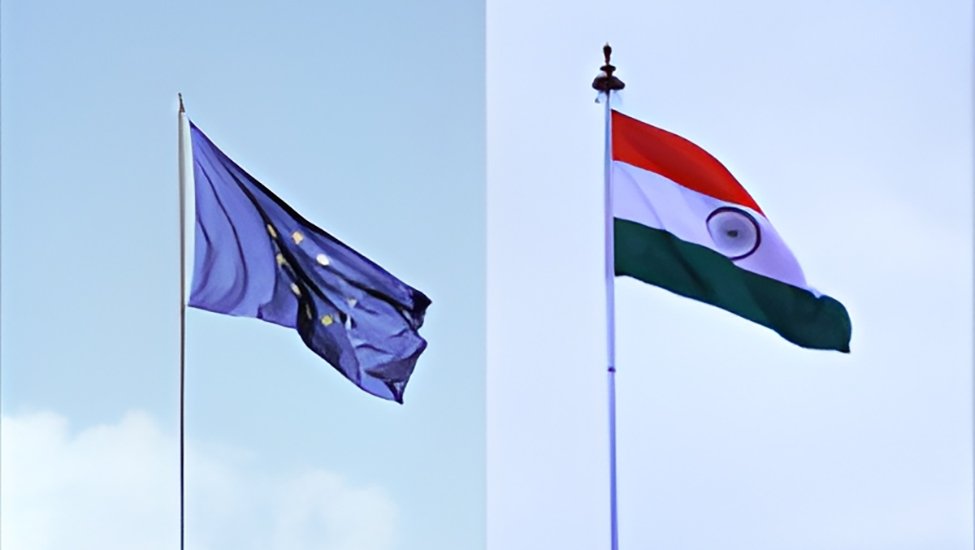An important milestone for self-reliance in high-performance electronics has been reached by the Defence Research and Development Organization (DRDO), which has made significant strides in India’s domestic semiconductor capability.
The Ministry of Defense declared that DRDO researchers have successfully created domestic processes for manufacturing 4-inch SiC wafers and Gallium Nitride (GaN) High Electron Mobility Transistors (HEMTs) with power levels up to 150 watts.
These developments bolster India’s ability to create cutting-edge radar, communication, and power electronics systems that are essential for space, defense, and strategic applications. For next-generation electronic warfare, satellite, and missile systems, silicon carbide and gallium nitride technologies are essential due to their widespread recognition for their effectiveness, strong thermal resistance, and exceptional performance under challenging operating conditions.
The accomplishments of DRDO coincide with India’s increased efforts to become self-sufficient in semiconductors, an area that has historically been dominated by developed nations. In line with the national vision of “Aatmanirbhar Bharat,” the advancement in compound semiconductor fabrication represents a step toward decreasing reliance on imports and increasing domestic manufacture.
DRDO was a key organizer and thought leader of the Emerging Science, Technology, and Innovation Conclave (ESTIC) 2025, which took place at Bharat Mandapam in New Delhi from November 3–5. In order to highlight developments in materials, microelectronics, and integrated system design, the organization led the subject session on “Electronics & Semiconductor Manufacturing” and presented its research portfolio.
On November 5, DRDO Chairman Dr. Samir V. Kamat presided over a high-level technical conference that focused on innovative trends and cooperative frameworks to improve India’s semiconductor ecosystem. Participating in the conversations were experts from leading universities and businesses who looked at strategies to improve indigenous design, fabrication, and packaging capabilities.
Prime Minister Narendra Modi opened the summit on November 3. Its main topic is “Viksit Bharat 2047 – Pioneering Sustainable Innovation, Technological Advancement, and Empowerment.”
The Prime Minister introduced the ₹1 lakh crore Research Development and Innovation (RDI) Scheme Fund in his keynote speech in an effort to increase private sector involvement in development driven by science and technology. He emphasized the development of a strong innovation ecosystem powered by industry and government cooperation.
A variety of events were offered at ESTIC 2025, including panel discussions with Nobel laureates, distinguished scientists, business executives, and officials, as well as expert talks and technological demonstrations.
The event, which drew over 3,000 attendees from academia, business, and research organizations, promoted discussion on national technology resilience and sustainable innovation.
DRDO underlined its dedication to improving India’s semiconductor research and production capabilities through its innovations and research displays at ESTIC 2025. The accomplishments highlight a long-term goal of making India a leader in science and technology by 2047, with domestic innovation serving as the cornerstone of the country’s advancement.

